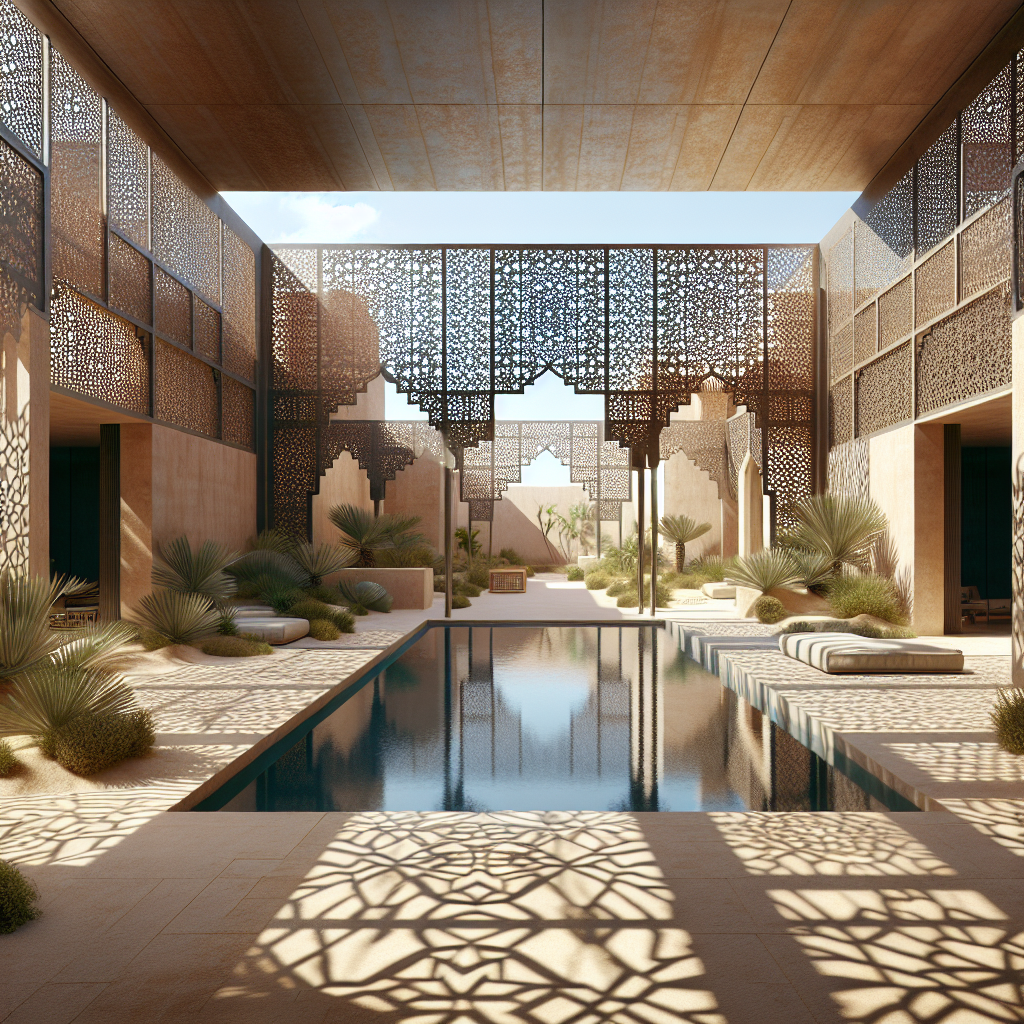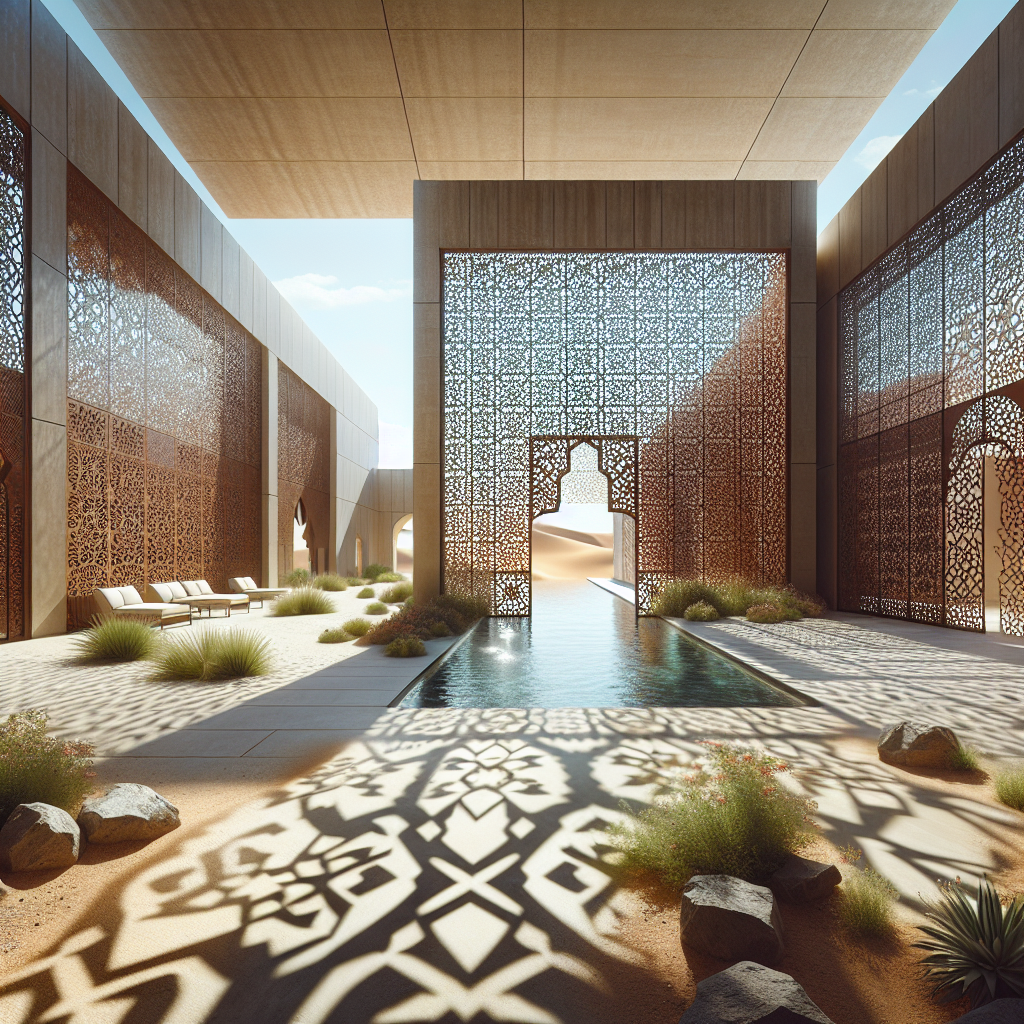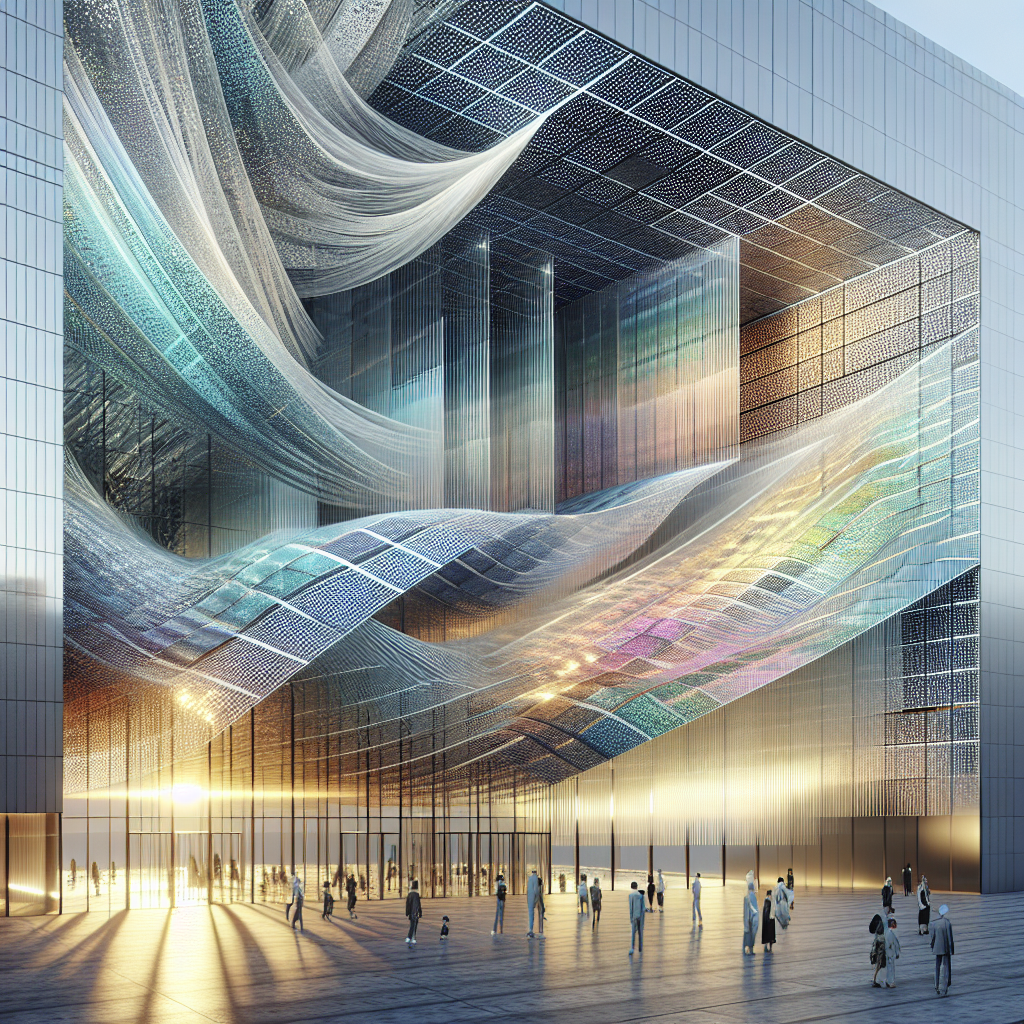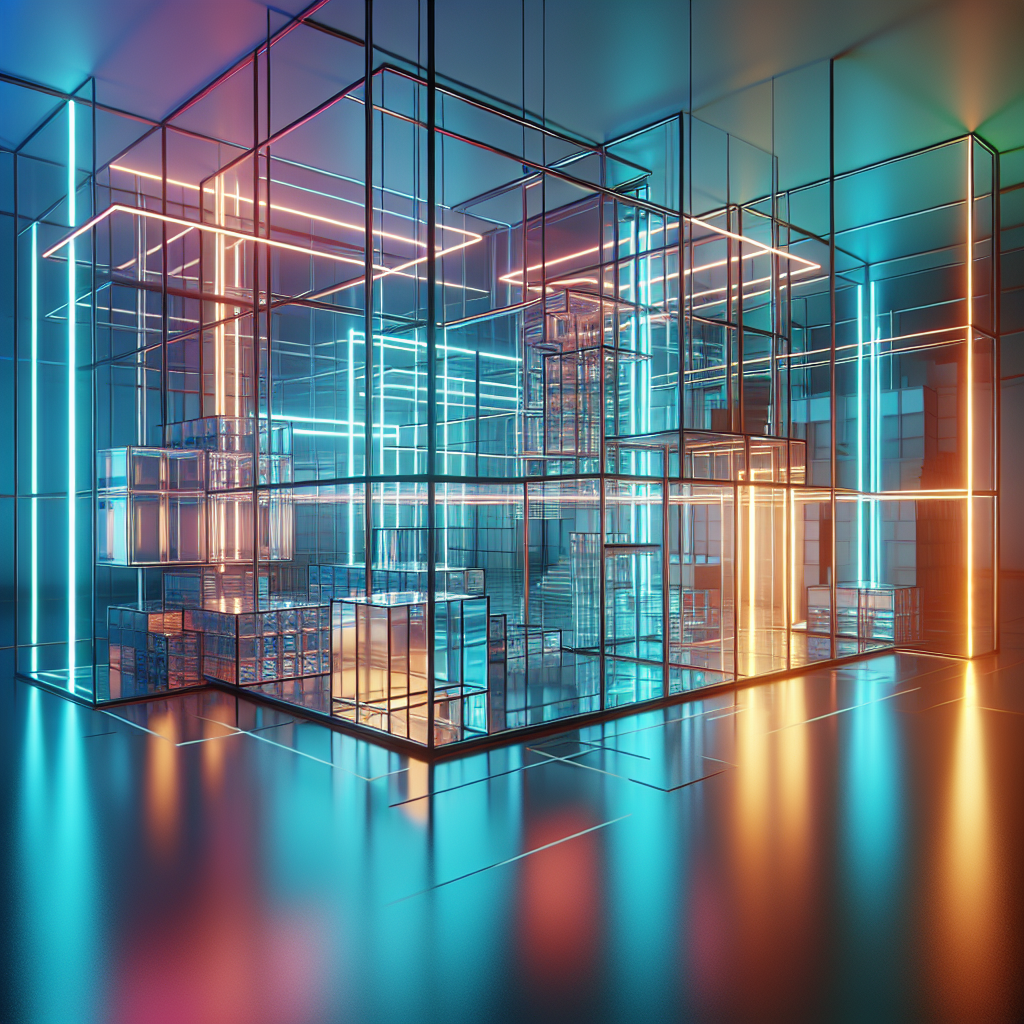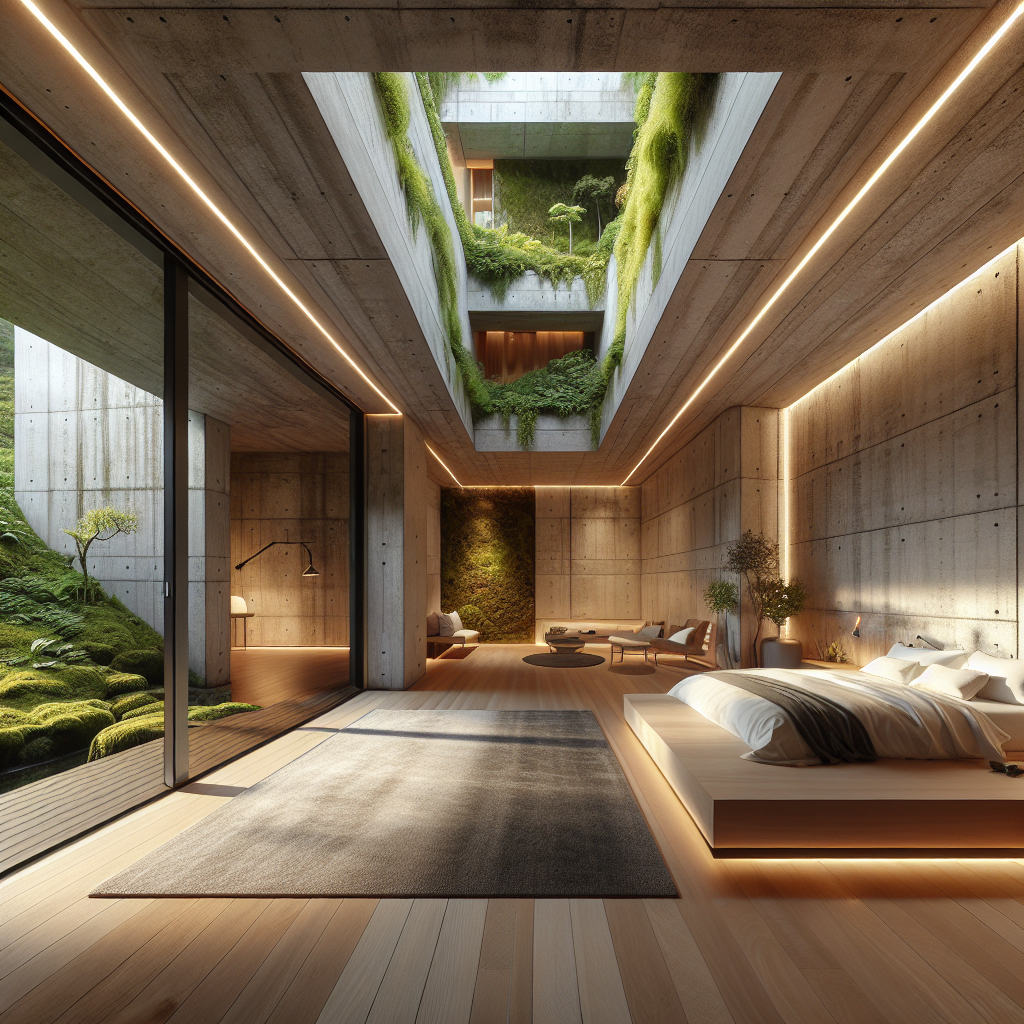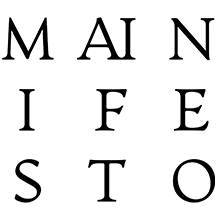Intricate shadow play laser-cut metal screens in desert courtyards
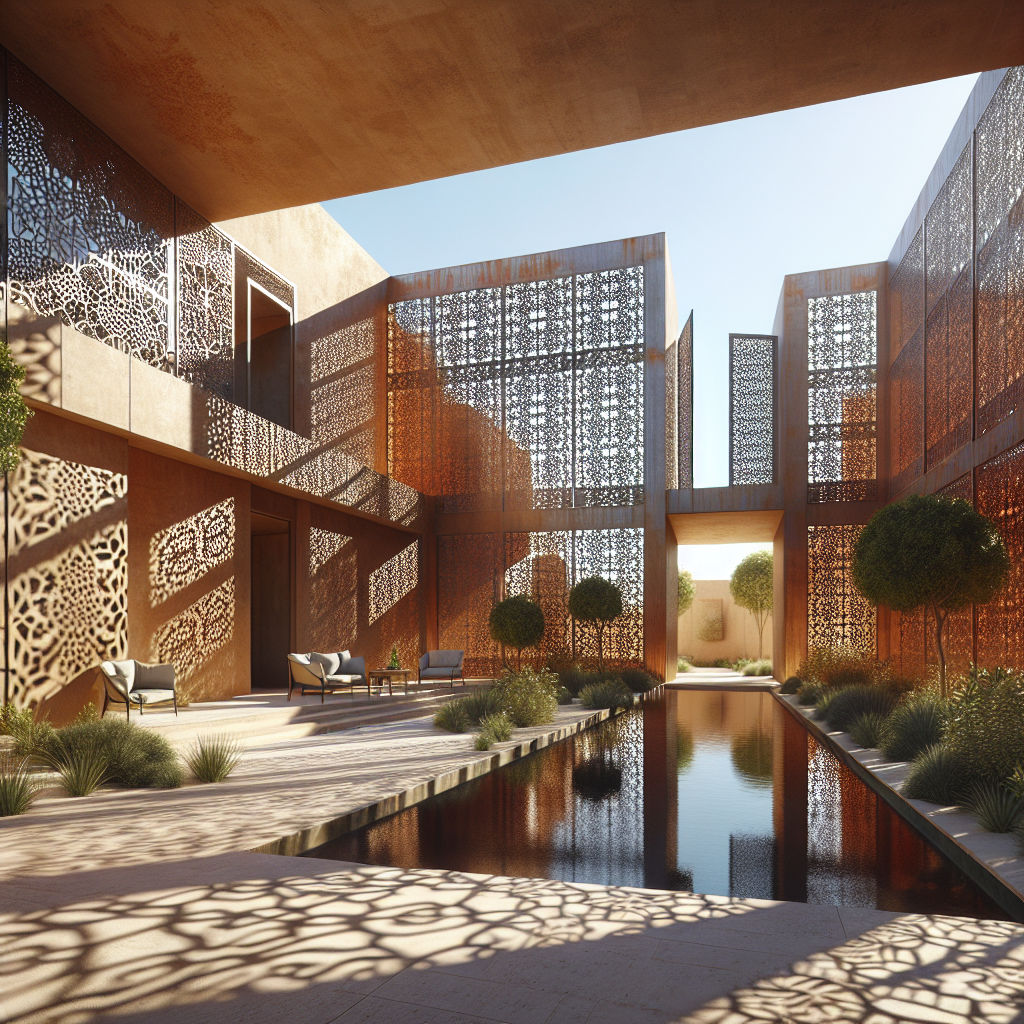
Intricate Shadow Play: Laser-Cut Metal Screens in Desert Courtyards
In the arid landscapes of the desert, where the sun blazes relentlessly and the air shimmers with heat, architecture has long been a study in adaptation. Traditional desert dwellings have mastered the art of shade and ventilation, but contemporary design is taking this wisdom to new heights. Enter laser-cut metal screens—a modern reinterpretation of ancient mashrabiya and latticework that not only shields from the sun but also transforms courtyards into mesmerizing canvases of light and shadow.
The Art of Light and Shadow
At the heart of these intricate screens lies a profound understanding of shadow play. As the sun moves across the sky, these perforated panels cast ever-changing patterns onto the surfaces they adorn. The result is a dynamic interplay of light and dark, reminiscent of the dappled shade found beneath a tree canopy. This technique, deeply rooted in Islamic and Middle Eastern architecture, is now being reimagined with cutting-edge digital fabrication and precision engineering.
Laser-cut metal screens are not merely decorative; they serve a functional purpose. By filtering sunlight, they reduce glare and heat gain, creating a cooler microclimate within courtyards. This passive cooling strategy aligns with the principles of biophilic design, fostering a connection between architecture and nature while enhancing human comfort.
Material Innovation: From Tradition to Technology
Historically, wooden lattice screens, or mashrabiya, were used in desert architecture to provide privacy and ventilation. Today, advancements in metal fabrication allow for intricate designs that are both durable and lightweight. Materials such as corten steel, aluminum, and stainless steel are now favored for their resilience against harsh desert conditions.
One of the most striking examples of this innovation can be seen in contemporary Middle Eastern architecture, where designers are integrating laser-cut screens into both residential and commercial projects. These screens are often inspired by traditional geometric patterns, but with a modern twist—some even incorporate parametric design principles, allowing for bespoke, site-specific solutions.
Architectural Applications in Desert Courtyards
Desert courtyards have long been sanctuaries of respite, offering a cool retreat from the scorching heat. The integration of laser-cut metal screens elevates these spaces, adding an artistic dimension to their functionality. Some of the most compelling applications include:
- Facade Cladding: Large-scale metal screens are used to envelop entire buildings, creating a perforated skin that regulates light and heat.
- Partition Walls: Within courtyards, freestanding screens define spaces while maintaining an open, airy feel.
- Roof Canopies: Suspended panels provide shade while casting intricate patterns onto the ground below.
- Window Screens: Acting as a modern mashrabiya, these screens allow for ventilation while ensuring privacy.
Incorporating these elements into desert architecture not only enhances aesthetic appeal but also contributes to sustainable design. By reducing reliance on artificial cooling, these screens help lower energy consumption, making them an eco-conscious choice for arid environments.
Global Inspirations and Cultural Significance
While laser-cut metal screens are gaining prominence in the Middle East and North Africa, their influence extends far beyond these regions. Architects in Australia, California, and even Spain are adopting this technique to create climate-responsive designs. The fusion of tradition and technology is evident in projects such as the Louvre Abu Dhabi, where Jean Nouvel’s perforated dome filters sunlight in a manner reminiscent of palm fronds.
Moreover, the cultural significance of intricate latticework cannot be overstated. In Islamic architecture, geometric patterns symbolize infinity and the divine, while in Indian jaali screens, they represent craftsmanship and heritage. By incorporating these motifs into modern designs, architects pay homage to centuries-old traditions while pushing the boundaries of contemporary aesthetics.
The Future of Laser-Cut Screens in Architecture
As technology advances, the potential for laser-cut metal screens continues to expand. With the rise of parametric design, architects can now generate complex, algorithm-driven patterns that respond to environmental conditions in real time. Imagine a facade that adjusts its perforations based on the angle of the sun, optimizing shade throughout the day.
Additionally, the integration of smart materials and kinetic elements could take this concept even further. Responsive facades that open and close dynamically, much like the petals of a flower, could redefine the way buildings interact with their surroundings.
Conclusion: A Marriage of Art and Function
Laser-cut metal screens in desert courtyards are more than just decorative elements; they are a testament to the marriage of art and function. By harnessing the power of shadow play, these screens transform harsh environments into serene, habitable spaces. They stand as a bridge between past and future, tradition and innovation, proving that the most sustainable solutions often emerge from the wisdom of the past.
As architects and designers continue to explore the possibilities of this technique, one thing is certain: the interplay of light and shadow will remain an enduring source of inspiration in desert architecture.

